Views from the Heartland: David S. Rubenstein
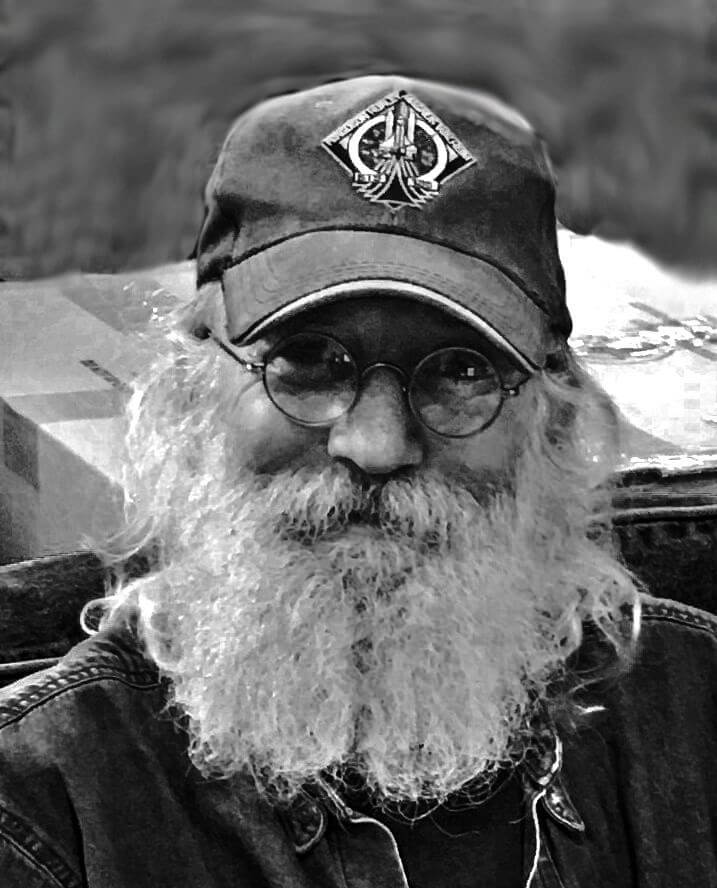 Midwestern Gothic staffer Sydney Cohen spoke with David S. Rubenstein about his creative process, being a renaissance man, and more.
Midwestern Gothic staffer Sydney Cohen spoke with David S. Rubenstein about his creative process, being a renaissance man, and more.
David S. Rubenstein is an American writer, photographer, poet, and painter. His short stories have appeared in Crack the Spine, Still Point Arts Quarterly, Blood and Thunder, Yellow Medicine Review, Chrysalis Reader (five stories), The MacGuffin (two stories), Owen Wister Review, DeathRealm, The Monocacy Valley Review, Half Tones to Jubilee, The Rampant Guinea Pig, The Mythic Circle, Alpha Adventures, and others, and have been nominated twice for the Pushcart prize. His photographs appear in Writing Disorder where he was featured artist, Chrysalis Reader, Midwestern Gothic, Blue Mesa Review, Drunk Monkeys, From Sac and others. His poem “High Place” appears in The Write Launch. A collection of his short stories can be found on Kobo here.
David S. Rubenstein: I grew up in Springfield, Illinois. Got degrees from Purdue in Indiana and Washington U in Missouri. Lived most of my life in Illinois. When I see images of home in my mind, the land is flat and fertile, wind-swept corn waving across the horizon.
SC: What launched you into the world of photography?
DSR: During my high school years in Springfield, I loved to drive in the country. I was attracted to vistas of traditional farms with barns of Indian red with their Dutch gambrel roofs, silos, and accompanying Aermotor windmills. My father let me use his old Leica, so I tried to capture those images. Those were the days of dark rooms and chemicals, and I remember burning soles from standing barefoot in spilled fixer.
Eventually I turned to painting, to have more creative control over the images that I was producing. I would photograph things of interest, and combine elements of different pictures into a painting. Recently people began to comment on these progenitor photographs, and I produced prints for them. Then, as I was submitting my short stories to various magazines, I noticed that they also sought photography submissions, so I sent some along just for chuckles and grins. They have been well received.
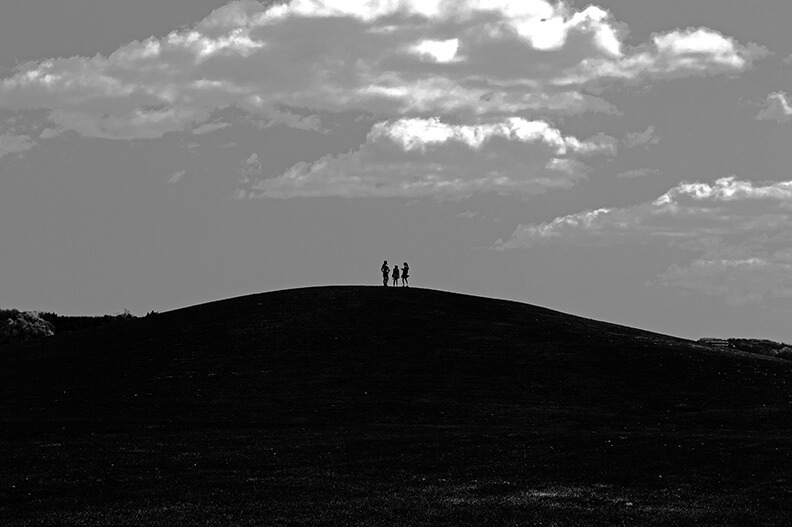
Summit
SC: You are a bit of a Renaissance Man, working as a photographer, writer, poet and painter. How does your photography inform your larger creative work? What is unique to the medium of photography, and what is shared by all the mediums you operate in?
DSR: The human experience is a result of sensory input to the brain. In all the media in which I work, I endeavor to generate in the mind a sense of place and a time or sequence of events within it. Many of my short stories began life simply as a sense of place, or a smell, or a vision. I endeavor, for example, to engender a smell, a feel, an image in a person’s mind, regardless of whether they are reading story or a poem or viewing a photograph or a painting. Photography has the advantage in triggering mental scenes via visual stimuli, a very strong input. But the printed word can coax the brain to create its own sense the many things that it manufactures which don’t require real-time sensory input. Painting can sometimes blur the difference between the two.
SC: Have any of your short stories been inspired by one of your photographs, and vice-versa?
DSR: Absolutely. Many stories start with just a sense of place, and events germinate there. “Shadows and Shades” started with a barn from a photo, and a sense of place from a song, and the events spiraled outward from those. “Canvas” has a painter making a colorful picture, but working it until it becomes all black, like day-for-night photos.
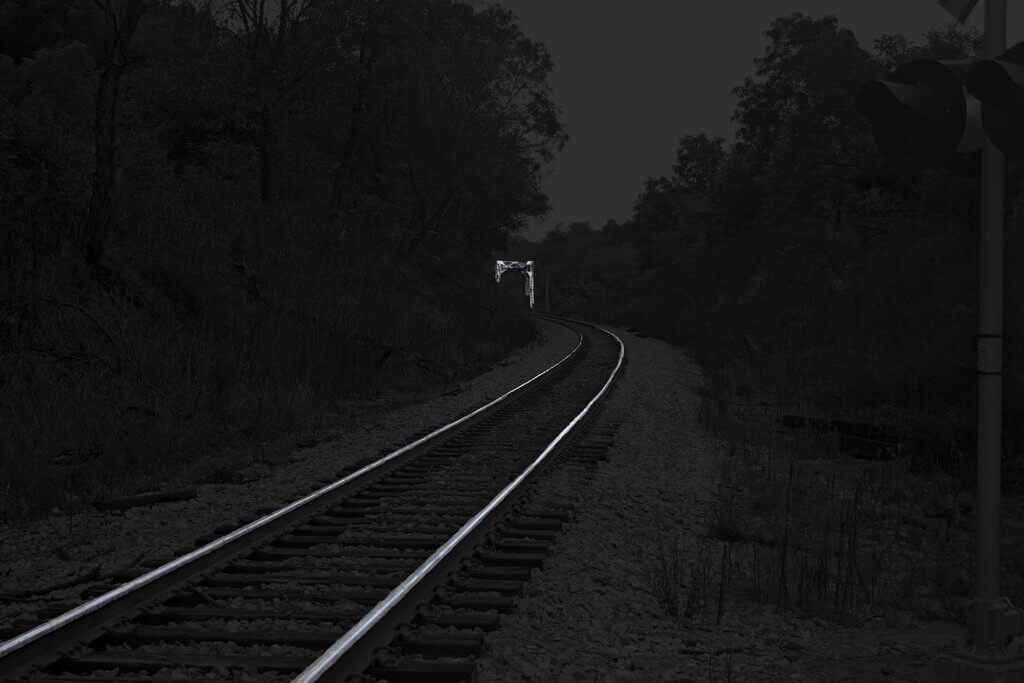
1112
SC: What do you try to capture in your photography of the Midwest?
DSR: I’m drawn to farm fields and traditional wooden buildings. Old equipment. I have an eighty-year-old tractor that I feature in many shots. Elevation changes are great, but rare. One advantage of flat land is that you don’t have to get very high to see forever.
I try to depict the relationship between the land and civilization. The farmer, the fields, the crops, repeat. The decay of lost land. The poison of urban sprawl. The endless rebirth. A sense of peace. A sense of sadness.
SC: I am particularly interested in your play with color. Some of your most striking photos, including “WIP,” “Summit,” and “1112” are in highly contrasted black and white. What interests you about color, and how does changing this element affect a photo?
DSR: Color is an amazing quality, and I spend many hours enjoying its creation when painting. But sometimes it can distract from the essence of an image. In painting, there is a technique called “en grisaille”, wherein the artist limits the palate to just values of black. And many times when I am painting from a color photograph, I will print out a black and white version to help me see what the values of the colors are.
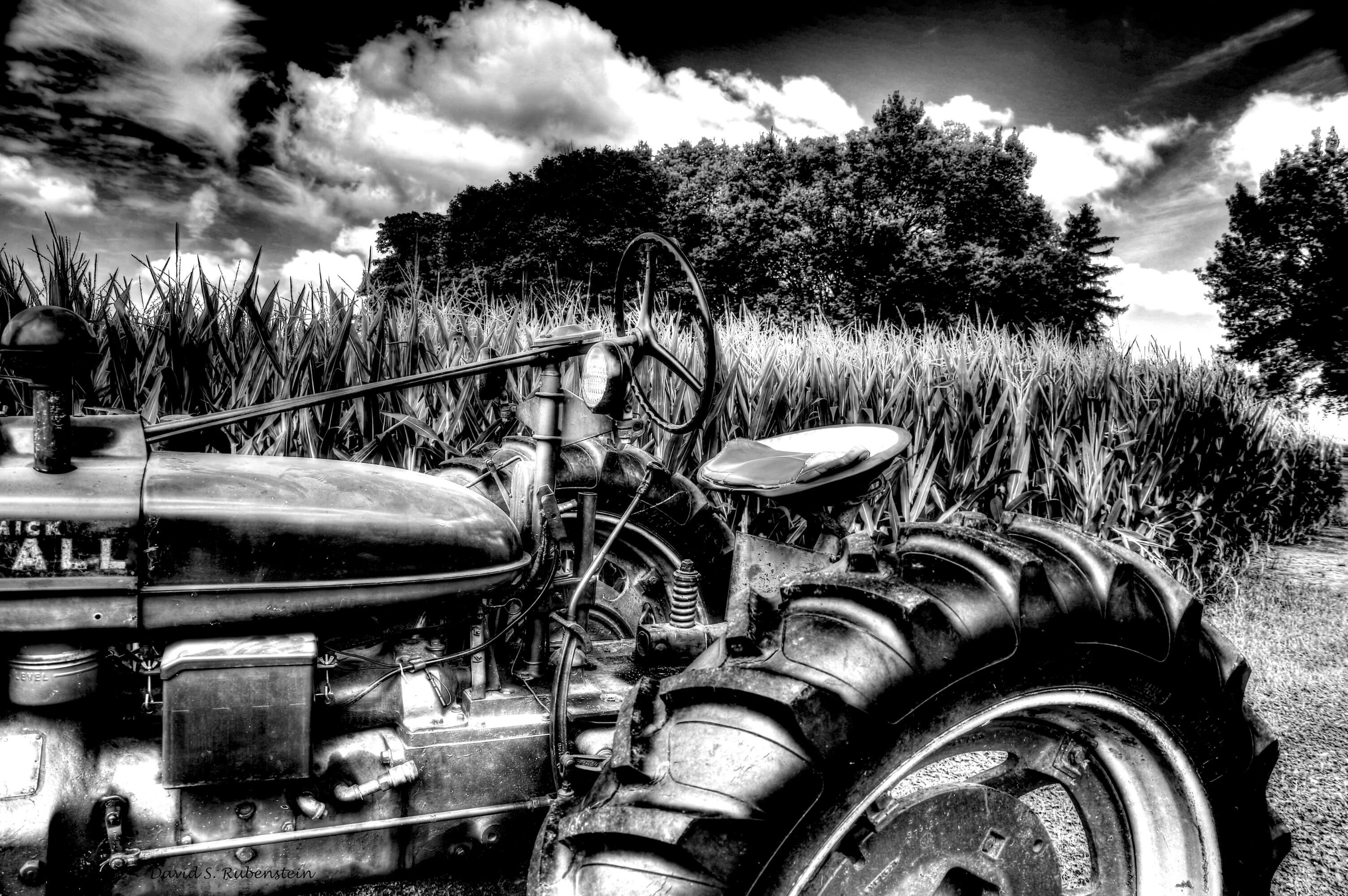
SC: How do you come across your shots – are they random, or do you go searching for them?
DSR: Both. I do take many drives specifically seeking photo opportunities. Since outdoor pictures are generally two-thirds sky, I look for days with bright, billowy clouds in a blue sky. Two-thirds of the picture a blank blue sky is pretty boring.
On the other hand, wherever I go, I am always on the lookout for interesting picture opportunities. There is a saying in photography, when asked “what is the best camera?”; it’s the one you have with you. I used to carry a small point and shoot in my pocket most everywhere I went, but inevitably would be without when I wanted one most. With the advent of decent cameras in smart phones, I’m pretty much always equipped.
One thing I’m constantly working on is scope. Given my affinity for wide-open spaces, I often find myself missing close up or macro opportunities. So I try to remember to observe the tiny as well as the grand.
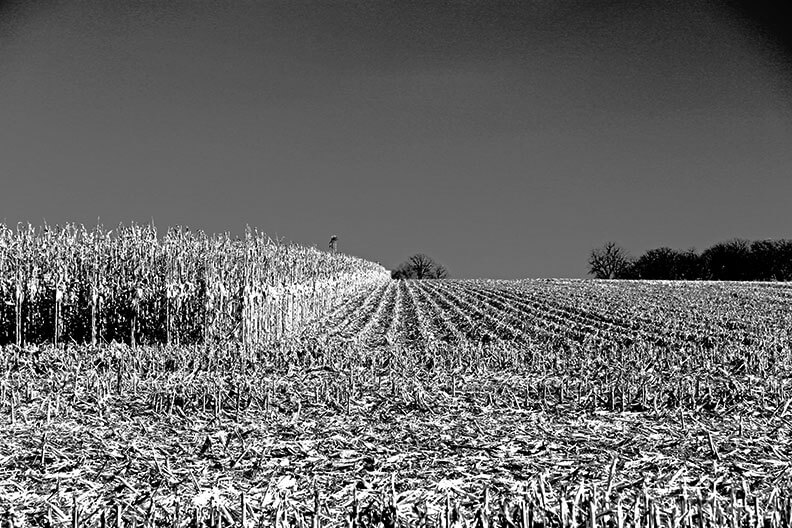
WIP
SC: What’s next for you?
DSR: When I was in high school, I decided I wanted to be a writer and artist. I thought I could get rich, work independently, and that it would be a great way to attract girls.
Then I got married. But I continued on hoping to be able to quite my day job. But then I spent a career working for The Man behind a desk.
Then I retired. And I have enough to live on.
So now I do my art without ulterior motive. For the art itself. It’s wonderfully liberating.






